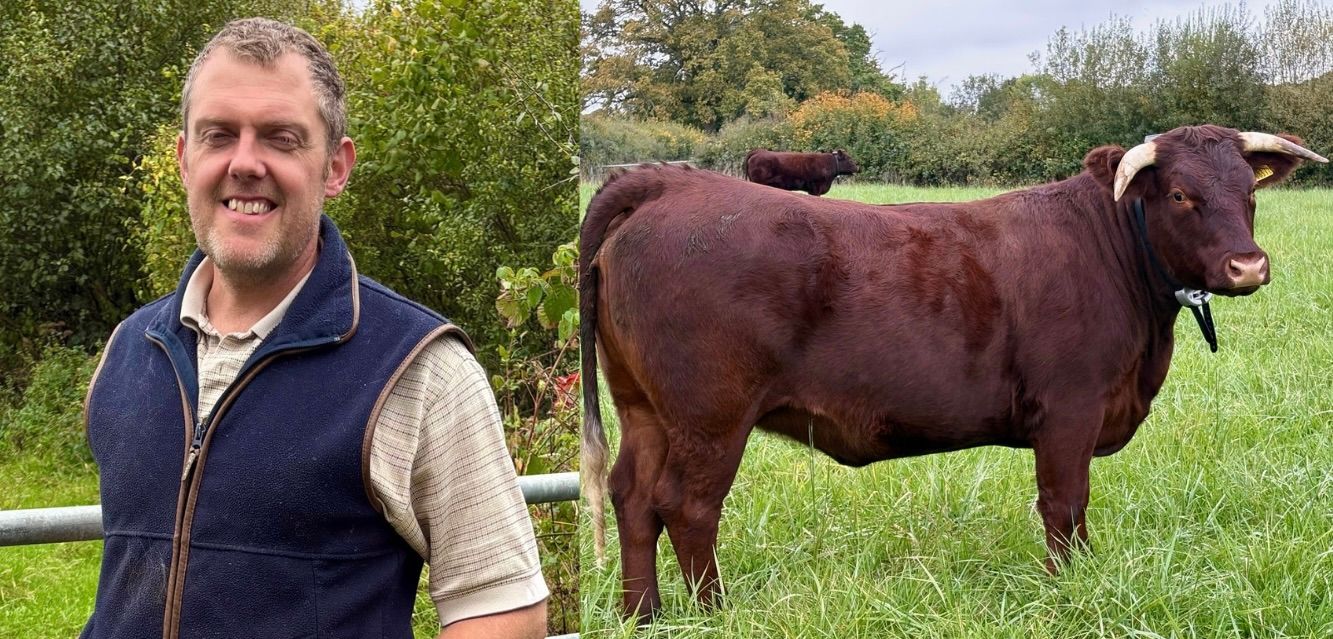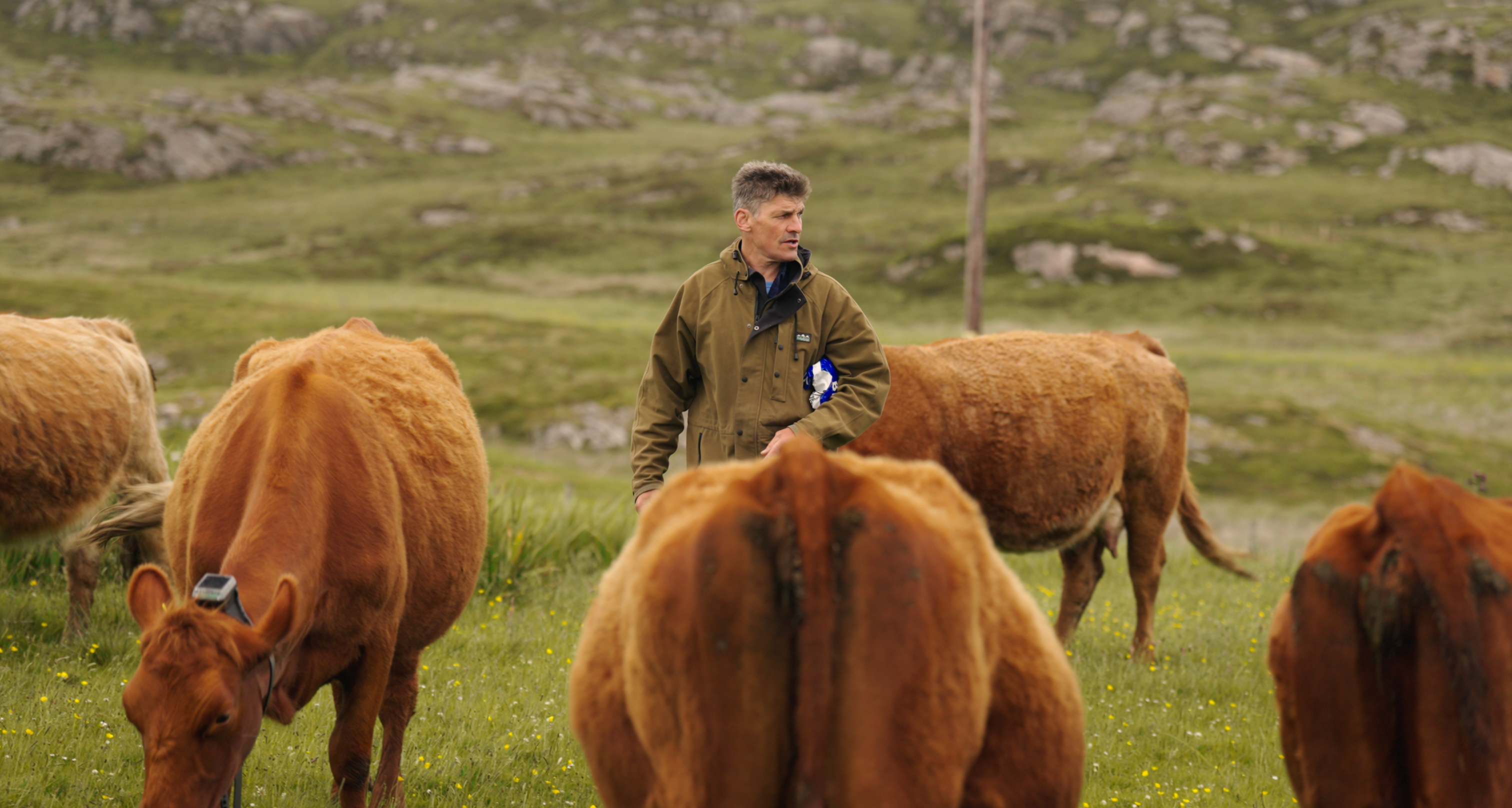3 Types of Grazing with One App
Monil's virtual fences revolutionize livestock management. Real-life examples and maps show how to improve grazing efficiency with Monil.
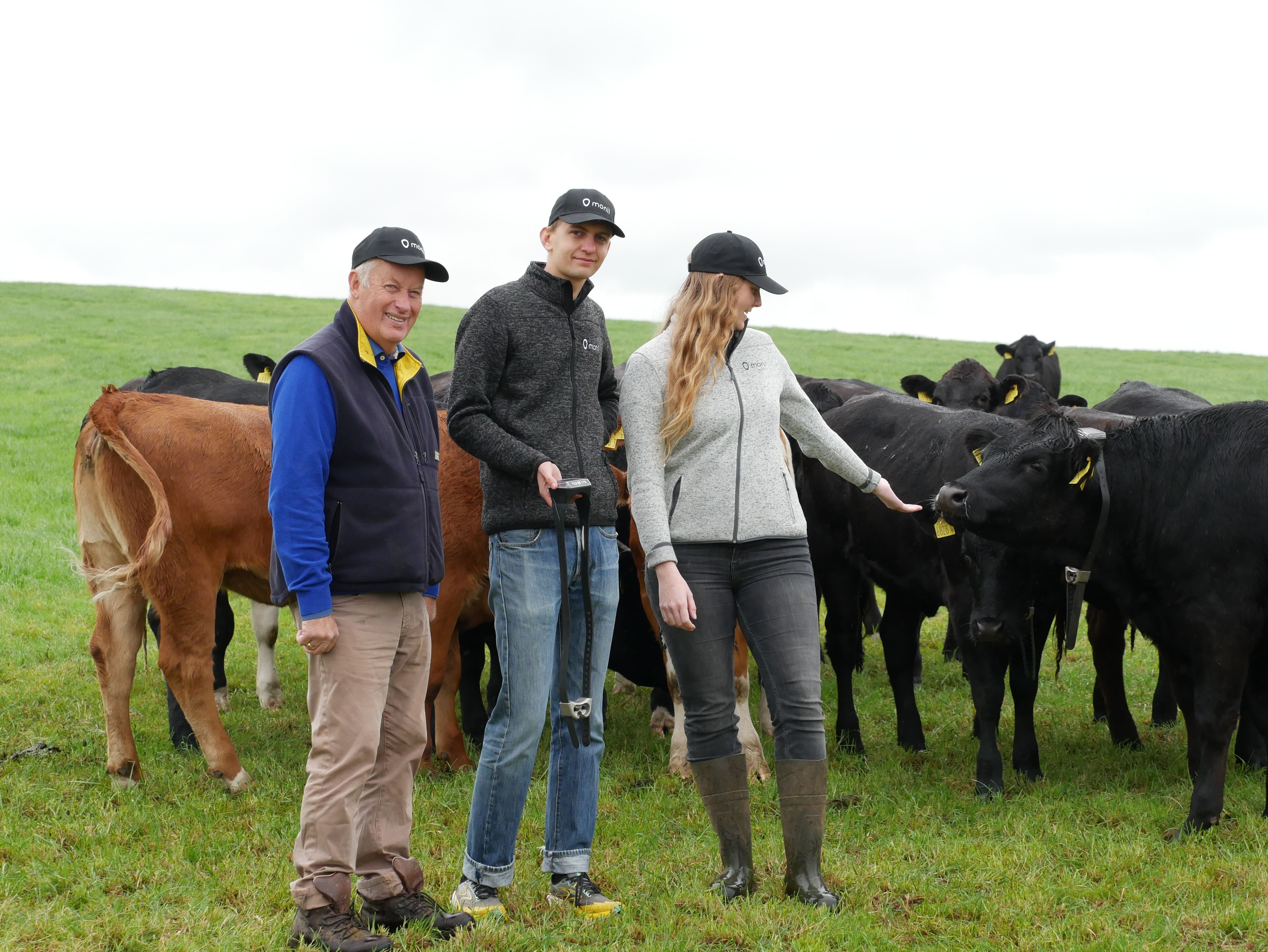
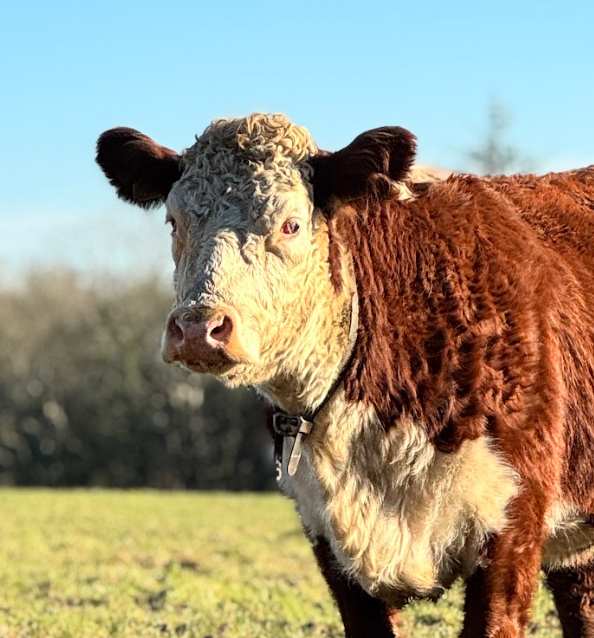
Getting started with new technology or ideas can sometimes feel overwhelming. There’s a learning curve with new tools. At first, many time-saving tools can feel daunting, but those initial steps become easier with the proper guidance.
Monil’s virtual fencing is one of the latest technologies. It frees farmers from traditional fencing, saving valuable time and effort by eliminating the need for manual setup and maintenance. With Monil's collars, you can focus on other things—whether it’s tending to other tasks or exploring new grazing strategies. Designed to be durable and flexible, the collars work for all types of grazing, from small strip pastures to expansive outback areas.
To make it easier to get started, we’ve highlighted three real-life examples of how farmers use Monil’s virtual fences for different types of grazing. Along with specially drawn map examples, these stories will show you how virtual fencing can adapt to various needs and make managing livestock more efficient.
Easier Strip Grazing
For those unfamiliar with the term, strip grazing involves intensely grazing smaller strips of pasture, encouraging livestock to graze more than the choice grass. Each day, the farmer opens a new section of pasture, and depending on the method, the old section may also be closed off.
Managing the grazing depends on the weather, growth rates, and stocking density. Then there’s the physical work to consider. Strip grazing is a highly intensive method due to the time-consuming task of moving electric fences at least once daily. Monil's collars offer a time-saving solution that can make this method possible for those who otherwise could not implement it.
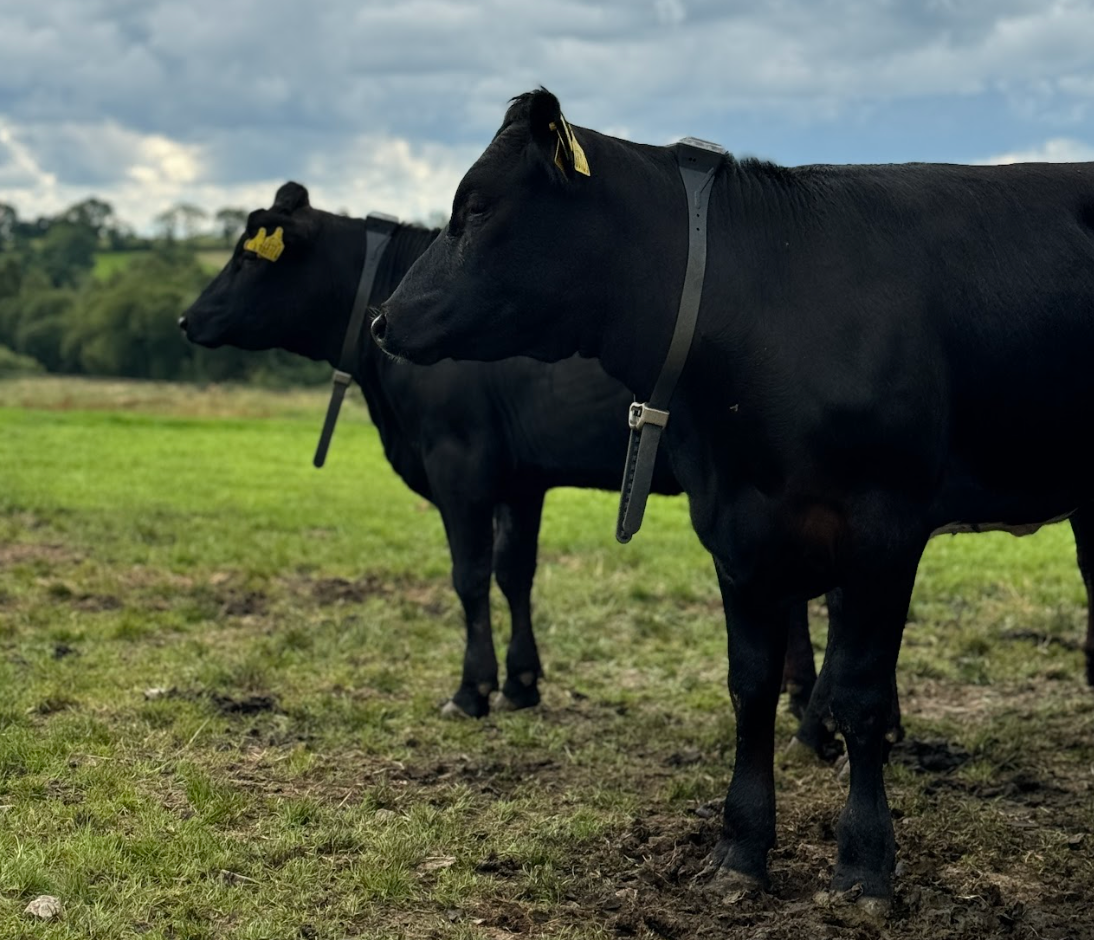
Jack Dobson in Northern Ireland uses Monil to efficiently strip graze his herd. He found that they moved the cattle more often and could be more precise in pasturing, which helped them improve pasture productivity and even manure distribution.
At Dobson Farm, Andrew Watters, who runs the farm's daily operations, saves time by using Monil. He says, “We’ve used Monil to manage our grazing more precisely, which has helped us get more out of our grass. It allowed us to move the cows more often—something you wouldn't normally do if you had to shift a physical fence every day manually.”
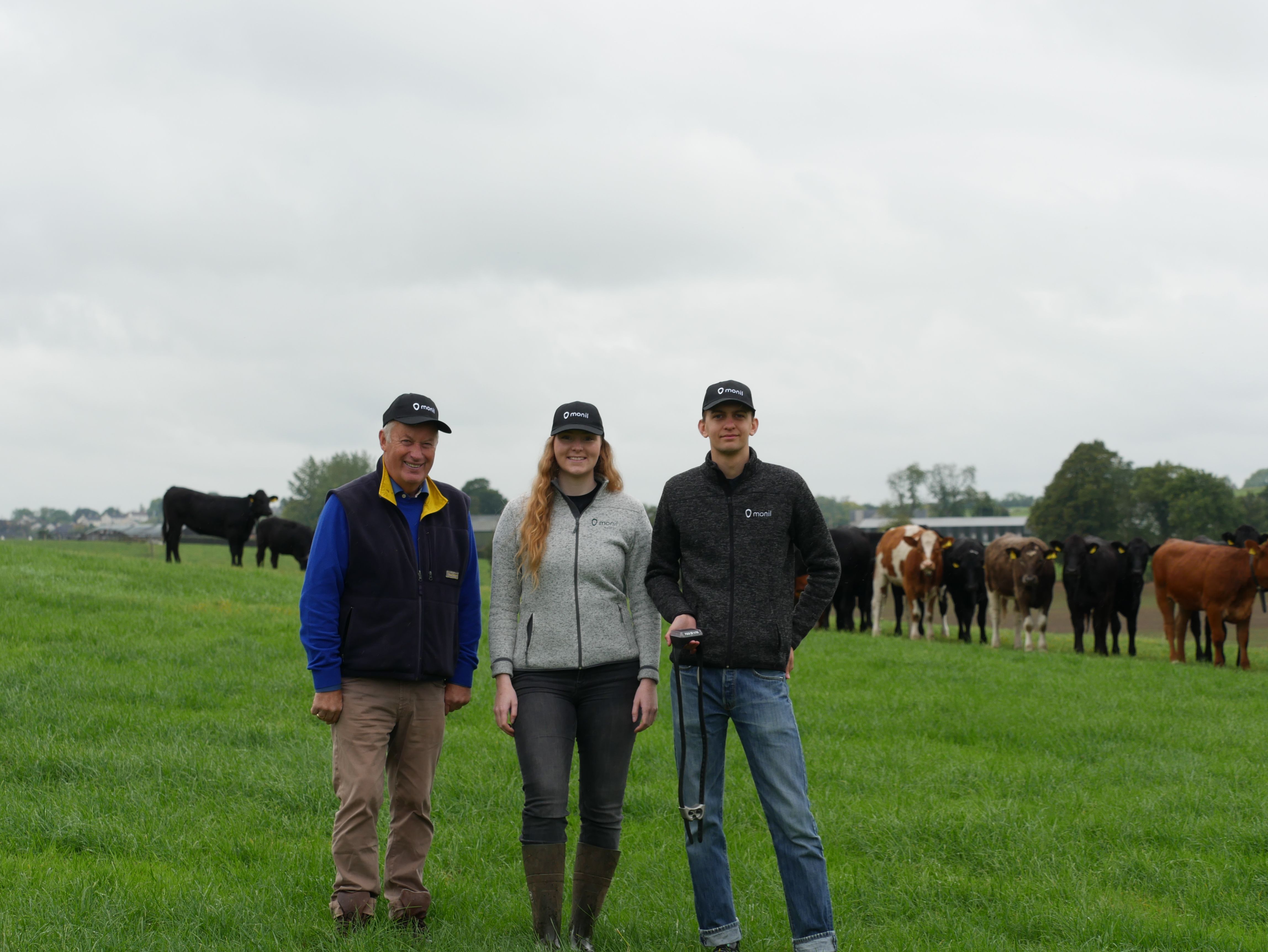
With virtual fencing, strip grazing is easier and helps to maximize resources. We hope to see much more of it in the future.
Hill Grazing on Common Ground with Virtual Fence
Common grazing areas are an international practice, even though the terms can vary from country to country. It’s often known as hill grazing in the UK, but mountain or upland grazing in other countries. Whatever the name, traditional fences can be problematic for this method. As mentioned, there are building and maintenance costs, possible wildlife problems, and the possibility of overgrazing and escaping or injured animals.
With Monil, you can design grazing areas in uplands or across extensive pastures, no matter the size. Foyle Farms, for example, demonstrates this capability with their effective use of Monil for hill grazing.
Wilson, Foyle Farms’ project manager for this initiative, found the app easy to use. “We equipped the herd with Monil’s collars and set up virtual boundaries through the app. You simply draw the fence on the map and assign the cows to it. When they’ve finished grazing one area, you can adjust the boundaries without putting up or removing a physical fence.” He also stresses the importance of properly training the cows to respond to sound signals before using only virtual fencing.
Foyel Farms's fence is just over 444 square kilometers in size. In narrow places, it is essential not to limit the area too much so that the experienced animals can lead the herd to pockets of good pasture.
Grazing in Rough Landscape
Rough landscapes are a challenge to farmers. They’re hard to fence and it’s easy to miss young livestock when they’re hidden by tall grass and hillocks. Rob Wainwright, a former Scottish rugby player turned farmer, farms on the rugged Isle of Coll in Northern Scotland. Maintaining miles of physical fencing was time-consuming and expensive.
In April 2024, Rob adopted Monil’s virtual fencing system. After training his cattle, he set grazing areas via an app and easily found missing cattle via GPS. Overall, he experienced improved pasture management, time savings, and sustainability.
“It’s saved me so much time,” Rob says. “I know when the cows are calving and where they are. It’s taken a lot of stress off my shoulders.”
Rob works closely with Monil to refine the system and provides valuable feedback on its performance in rough UK terrain. Monil appreciates Rob’s insights, fostering a mutually enriching partnership.
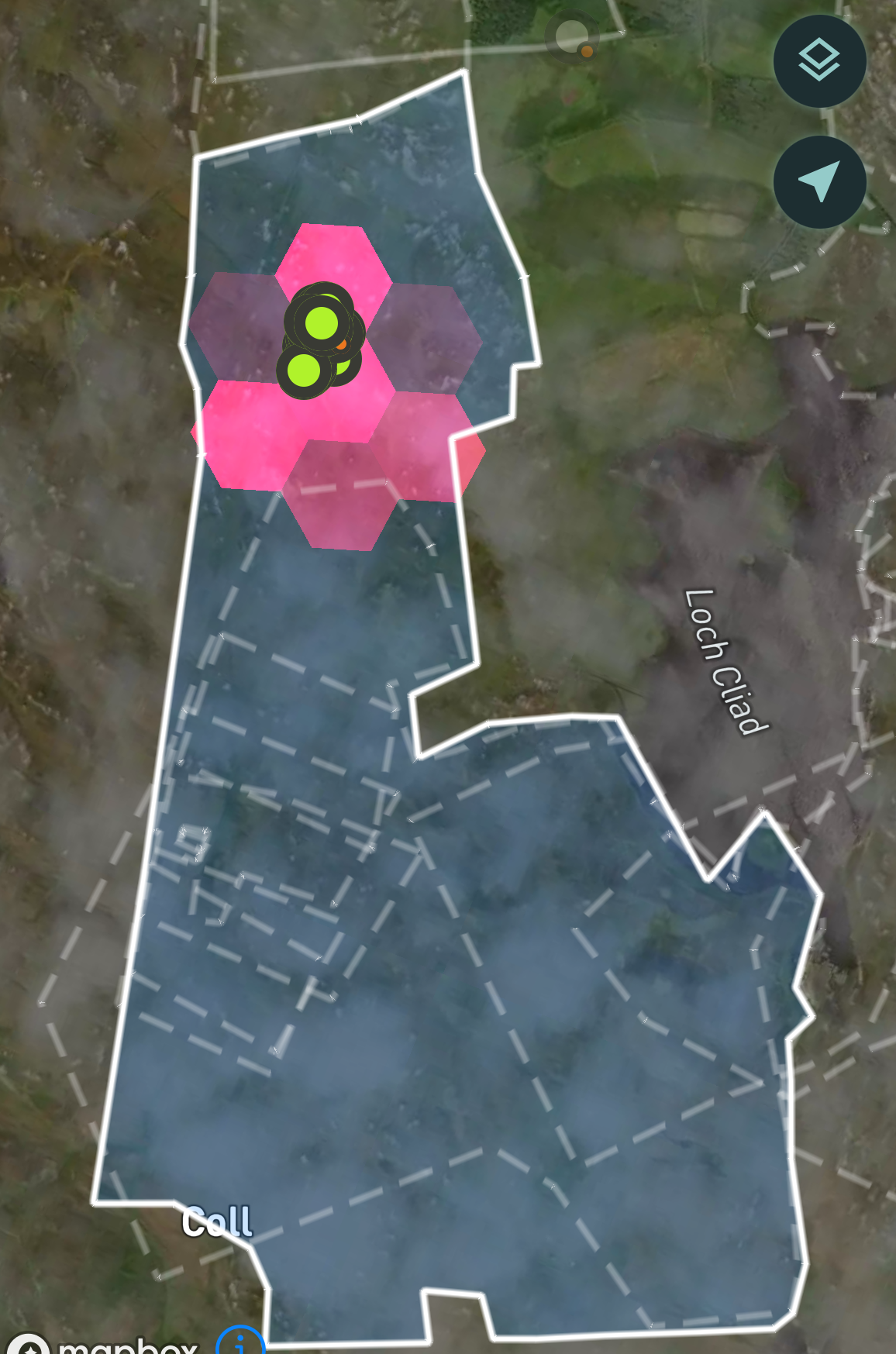
Using Virtual Fences on Your Farm
Monil’s virtual fences simplify various grazing methods, saving time and reducing equipment costs. Farmers draw and adjust grazing boundaries directly on a map in the Monil app. Livestock equipped with the GPS collars are tracked in real-time.
As demonstrated by the three farms above, Monil adapts to diverse needs, from rotational grazing on rugged Norwegian terrain to precision strip grazing in Northern Ireland.
What kind of grazing conditions do you have on your farm? Whether you want to winter graze, maximize pasture productivity, or overcome the labor-intensive challenges of traditional fencing, Monil could be the solution.
Thinking about virtual fences?
Not sure where to begin? Fill out the form below, and Oliver from our team will get in touch with a no-strings-attached offer tailored to your farm.
